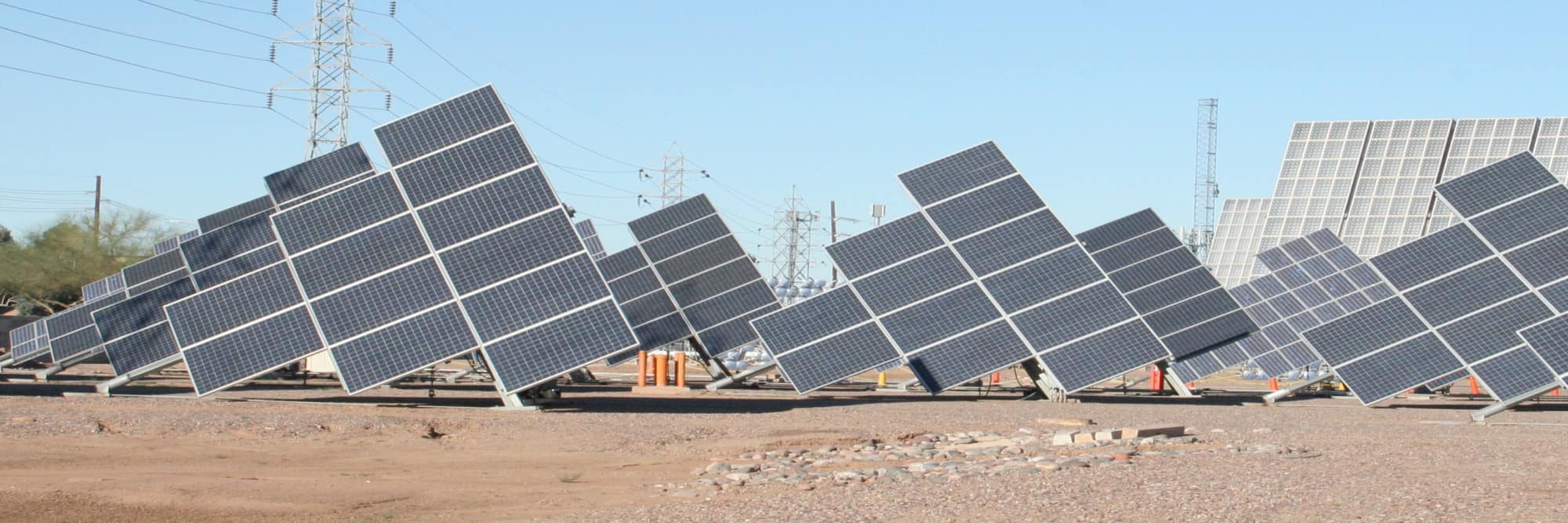Solar energy is a renewable energy source that converts sunlight into electricity. Silicon is the main raw material used to produce solar panels, which also require small amounts of metals such as aluminum, copper, silver, and others. Production costs vary, but on average, it costs around $0.15 to $0.50 per watt to produce solar panels. The economic impact of trading the raw materials needed to produce solar panels is significant, as demand for solar energy is growing globally.
Trading Risks
Trading in the solar energy industry involves buying and selling the materials necessary to produce solar panels, such as metals and silicon, as well as the finished panels themselves. This trading is subject to various financial risks that companies must manage.
Price Risk
One of the biggest risks is price volatility. Raw material prices can change quickly due to shifts in supply and demand, such as changes in the global economy or shifts in energy policies. This can make it difficult for companies to budget and plan for their future operations.
Credit risk is also a concern in the solar energy industry. If a company defaults on its debt, it can impact the stability of the industry and the companies involved, and in some cases, even lead to bankruptcy.
To mitigate these risks, companies use hedging strategies and CTRM systems. Hedging, such as using futures contracts, allows companies to lock in prices for raw materials and reduce their exposure to price volatility. CTRM systems monitor a company’s risk exposure and help it make informed decisions about risk management.
By implementing these risk management strategies, companies can better manage their financial risks and ensure stability in their operations. However, even with these strategies in place, the solar energy industry remains subject to various financial risks that companies must continuously monitor and manage.
Supply Chain Risk
Another risk is supply disruptions. Natural disasters, political conflicts, or other events can disrupt the flow of raw materials, causing shortages and driving up prices. This can disrupt production and negatively impact a company’s financial stability. The supply chain involves many different participants, from manufacturers of raw materials to manufacturers of solar panels, and any disruptions along the way can impact production and financial stability. For example, a shortage of a key component, such as aluminum, could delay the production of solar panels and increase costs.
Furthermore, the global solar energy market is rapidly evolving, and companies must stay ahead of changing trends and regulations. For example, new technologies and innovations in the industry can impact demand for certain types of solar panels, causing prices to fluctuate. Similarly, changes in energy policies, such as subsidies for solar energy, can impact demand and prices.
In 2012, a financial scandal hit the solar industry when the Chinese solar panel maker, Suntech, defaulted on its debt and filed for bankruptcy, highlighting the potential risks involved in the industry.
The Suntech Scandal
Suntech, one of China’s largest solar panel makers, defaulted on its debt and filed for bankruptcy after the company was found to have overstated its financial results and misused funds. The scandal raised concerns about the financial stability of the solar energy industry and the potential risks involved in investing in solar companies.
The Suntech scandal could have been avoided with proper risk management strategies. For example, proper due diligence and auditing procedures could have uncovered the financial misstatements and prevented the company from misusing funds. Additionally, implementing effective risk management strategies, such as hedging and CTRM systems, could have helped the company better manage its exposure to market fluctuations and reduce its financial risks.
For example, hedging strategies, such as futures contracts, allow companies to lock in prices for raw materials, reducing their exposure to price volatility. CTRM systems help companies monitor their risk exposure and make informed decisions about risk management. By using these tools, companies can better manage their financial risks and ensure the stability of their operations.
In conclusion, the Suntech scandal highlights the importance of proper risk management in the solar energy industry. Implementing effective risk management strategies, such as hedging and CTRM systems, can help companies avoid financial crises and ensure the stability of their operations.
Environmental Impact
The production of solar panels has environmental impacts, including greenhouse gas emissions and land use. However, compared to traditional power generation methods, such as coal and natural gas, solar energy has lower overall environmental impacts. There are regional differences in the deployment of solar panels, with countries in Europe, Asia, and North America leading the way. China is the largest producer of solar panels, accounting for over 50% of global production.
Global solar capacity reached 600 GW in 2020. Expect 20% growth in 2020 for global solar photovoltaic (PV) market. Solar energy to be largest renewable source by 2040, generating 13% of world’s electricity. Solar panel production aims for sustainability through recycling and efficient processes. Advances in technology will improve panel efficiency, reducing environmental impact of energy generation.
According to the National Renewable Energy Laboratory (NREL), the life cycle greenhouse gas emissions of solar panels are relatively low, ranging from 40 to 165 gCO2e per kilowatt-hour (kWh). This is compared to the average of 875 gCO2e/kWh for coal and natural gas.
In terms of waste generation, the production of solar panels generates small amounts of waste, including silicon, glass, and other materials. Proper disposal and recycling of these materials can help reduce the environmental impact of panel production.
In terms of energy use, the production of solar panels requires energy, including energy-intensive processes such as silicon refining and aluminum production. However, the energy generated by solar panels over their lifetime far outweighs the energy used in production, resulting in a net reduction in greenhouse gas emissions.


